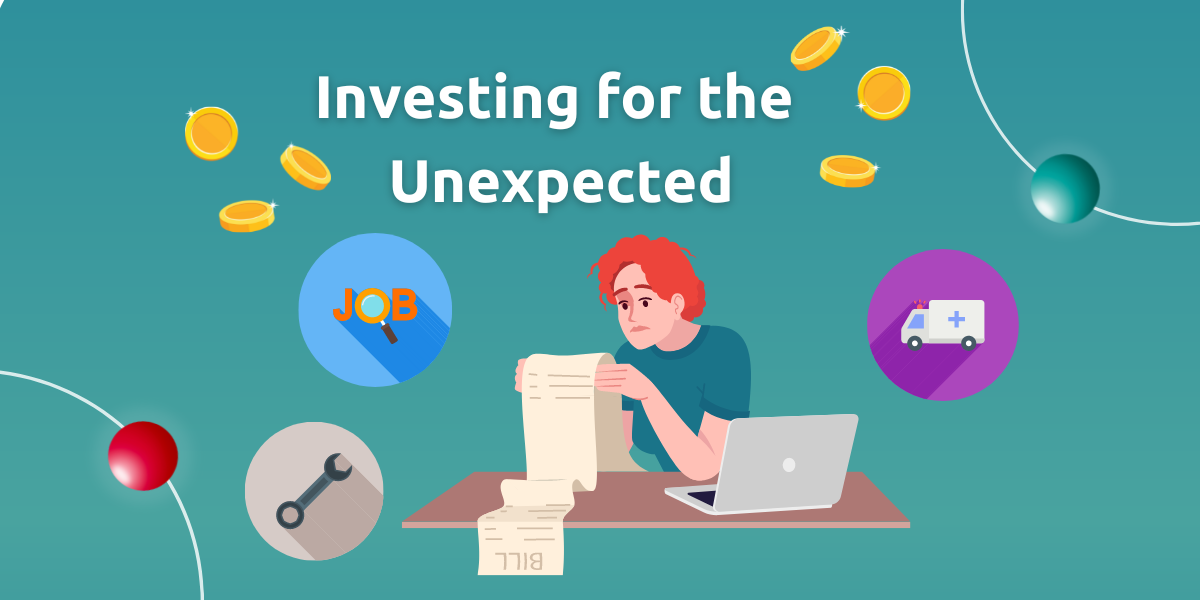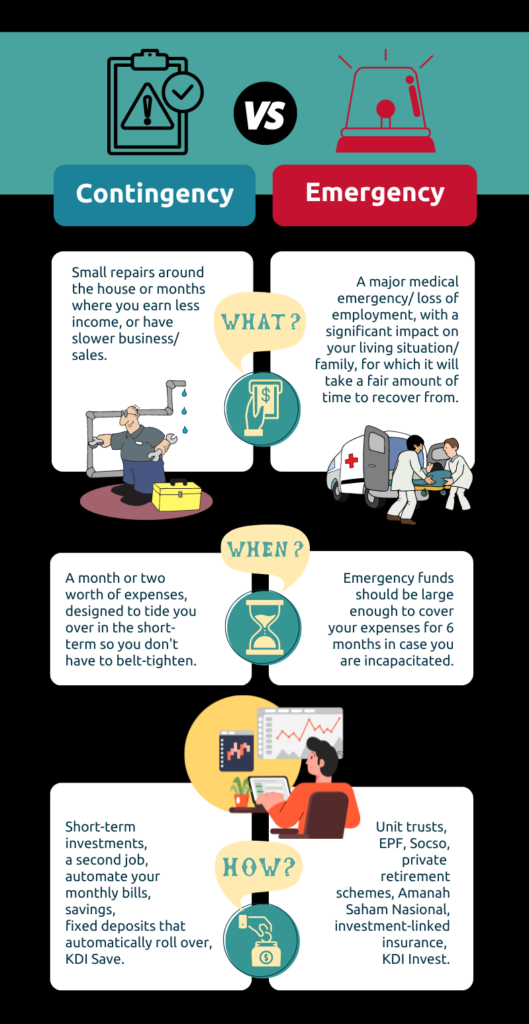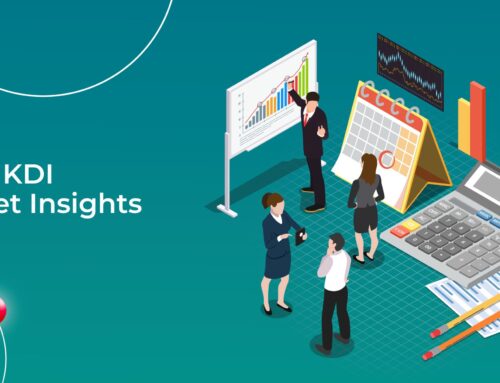Investing for the Unexpected

Unexpected challenges are part and parcel of life, and knowing that can guide us in making decisions today which will help us in the future. Recent times have been hard on all of us, and your financial situation might not be where you want it to be. The good thing is you now know that you have the ability to hunker down and pull through some truly tough times. Use this knowledge to start future-proofing your finances!
Keep your savings safe for a real emergency – by preparing an investment contingency plan for any unexpected event. A contingency fund means that a badminton injury or a household appliance suddenly giving up the ghost can just be an annoyance instead of a major stress factor.
Even if you feel like you can handle anything right now, the truth is that over time, constant stress can have many negative effects on your body, your relationships, and your ability to keep a positive outlook.
By living simply now, you can build up your emergency and contingency funds – which will make a tangible difference to your mental and physical well-being in the future.

First, set up your emergency fund
Lots of people do not know that there is a subtle difference between an emergency fund and a contingency fund. Both exist in cases of emergency – but the difference concerns the level of emergency that they represent.
Your emergency fund is what you will fall back on in the event of either a major medical emergency or a loss of employment. This is something that will have a significant impact on your living situation and your family, for which it will likely take a fair amount of time to recover from.
Thus, an emergency fund should consist of at least six months’ worth of income, which requires forethought and long-term planning. The level of impact caused by these situations means that you must prioritise a nice and healthy emergency fund before you begin diverting cash towards your contingency fund.
Next, build your contingency fund
Your water tank springs a leak – or you and your spouse were both distracted, leading your toddler to find just the right moment to throw a tennis ball at the TV. (Worse still, BOTH of these things happen at the same time…) Congratulations: now you can’t shower, and your smart TV just became a large cracked paperweight.
While annoying, this situation is nowhere near as frightening as losing your job. However, if you are unable to pay for an immediate fix, it will wear on your mind and affect your quality of life. As such, your contingency fund helps you deal with life’s little hassles, which can drain you mentally and emotionally if you don’t have any funds to make them go away easily.
Setting up a contingency fund is a great way to also get into saving. It works by making compound interest work for you, where you set aside a small amount in an investment account to snowball at a guaranteed rate. This means your money is actively growing, while not affecting your financial well-being if you have a need to access it.
Maybe explore new income streams?
One of the biggest lessons of the past few years is that we must not put all of our eggs in one basket. Even if you feel valued at your job and your savings are steadily recovering, you can always be in a better financial position. Considering that financial analysts are advising a lot of caution for this year, the sooner you diversify your income streams, the better.
Passive income streams are really popular right now, and there are many ways to take advantage of them. Turn your passion for photography into profit by selling stock photos; or, you can rent out your spare room to a respectable tenant.
You can even go for something a little more active if you have the time, such as running an online business! Open up that burger stall that you always dreamed of owning since you were a kid – you can get the certifications to cook in your very own kitchen, while using online platforms to find customers.
Alternatively, if you love your current field, you can become an advisor or consultant to others who are interested in pursuing your line of work – teach classes and seminars, or offer resources and e-courses.
The whole point is to create an additional source of funds to give you more options. You can use the money to improve your investment portfolio, fill up your emergency fund, purchase better insurance, and so on.
KDI Save for contingencies, KDI Invest for emergencies
For a contingency fund, KDI Save offers fixed returns while accumulating daily interest, giving you a higher rate (3.5% effective annual return as of October 2022) than a regular fixed deposit (FD) account. With no lock-in periods, you can sort out your contingencies quickly with KDI Save, stress-free!
It is crucial for your quality of life that you lower your stress levels, and be able to focus on moving on by dealing with an issue effectively. In today’s fast-paced world, you simply do not have time to focus on an unexpected emergency to the detriment of your daily, weekly, or even monthly schedule.
For longer-term, rare emergencies, KDI Invest automatically rebalances your investment portfolio of U.S.-listed exchange-traded funds (ETFs) based on your age, investment goals, time horizon, and most importantly, risk profile. The ETF is a unique product that is extremely liquid (meaning it can be sold and bought quickly) and can represent a wide range of sectors, investment instruments, commodities, and even foreign currencies.
KDI Invest’s artificial intelligence (AI)-driven algorithm automatically adjusts your investment holdings in response to market movements, news, and wider macroeconomic factors, reducing your exposure to riskier assets in tougher times. KDI Invest is built for long-term investment horizons, perfect for accumulating your larger emergency fund.
Get started on your contingency and emergency funds with KDI Save and KDI Invest at Kenanga Digital Investing’s website today: digitalinvesting.com.my
